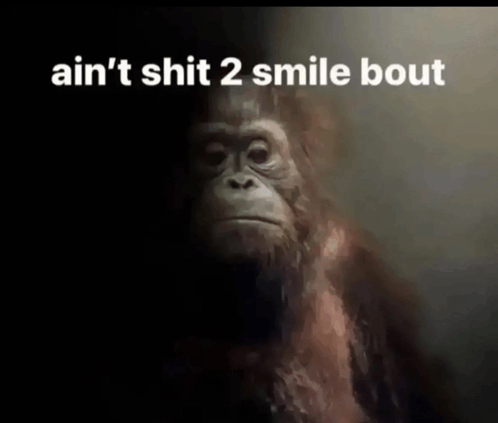User28823
do not go gentle into that good night
- Joined
- Aug 7, 2022
- Posts
- 27,999
- Reputation
- 48,548
There are two clavicular growth plates, one at each end of the clavicle:
1) sternal/medial end (the end near ur sternum)
2) acromial/lateral end (the end near ur shoulder)
The lateral clavicular growth plate is usually fused by age 20 but only makes up about 20% of total clavicular growth
80% of clavicular growth occurs at the growth plate on the medial end of ur clavicle
On avg, the male medial clavicle completely fuses by age 26...
but there are 5 stages of fusion, the first beginning at on avg 15 years of age where the clavicle is not fusing but it is beginning to show signs of maturation, followed by partial fusion, and then complete fusion by 26
however.....................
80% of medial clavicular growth occurs before the age of 12 - which again, is also the end of ur clavicle responsible for 80% of its entire growth
lot of ppl on the forum like to cope with muh growth potential being that clavicles tend to fuse late, but the growth potential past age 12 gradually decrements that by 18 ur talking about mm's of growth per year, so that extra 0.0x inches isn't going to make that much of a difference is it

1) sternal/medial end (the end near ur sternum)
2) acromial/lateral end (the end near ur shoulder)
The lateral clavicular growth plate is usually fused by age 20 but only makes up about 20% of total clavicular growth

The lateral clavicular epiphysis: fusion timing and age estimation - PubMed
This study utilizes a forensic autopsy sample of twentieth century American Whites (the McCormick Clavicle Collection) to describe the morphology, variation, and fusion timing of the lateral clavicle epiphysis. Clavicles from individuals between 11 and 25 years at the time of death were used to...
 pubmed.ncbi.nlm.nih.gov
pubmed.ncbi.nlm.nih.gov

The lateral clavicular epiphysis: fusion timing and age estimation - PubMed
This study utilizes a forensic autopsy sample of twentieth century American Whites (the McCormick Clavicle Collection) to describe the morphology, variation, and fusion timing of the lateral clavicle epiphysis. Clavicles from individuals between 11 and 25 years at the time of death were used to...
80% of clavicular growth occurs at the growth plate on the medial end of ur clavicle

Clavicle Fractures
Clavicle fractures are most common in children and young adults, typically occurring in persons younger than 25 years. Its superficial location, its thin midshaft, and the forces transmitted across it make the clavicle a common site for injury. The most common mechanism of injury is a forceful...
 www.aafp.org
www.aafp.org

Clavicle Fractures
Clavicle fractures are most common in children and young adults, typically occurring in persons younger than 25 years. Its superficial location, its thin midshaft, and the forces transmitted across it make the clavicle a common site for injury. The most common mechanism of injury is a forceful...
On avg, the male medial clavicle completely fuses by age 26...
but there are 5 stages of fusion, the first beginning at on avg 15 years of age where the clavicle is not fusing but it is beginning to show signs of maturation, followed by partial fusion, and then complete fusion by 26
however.....................
80% of medial clavicular growth occurs before the age of 12 - which again, is also the end of ur clavicle responsible for 80% of its entire growth

Postnatal Growth of the Clavicle: Birth to Eighteen Years of Age
The purpose of our study was to perform a large cross-sectional study aimed at determining the postnatal growth pattern of the clavicle from birth to 18 years of age.We analyzed digital chest radiographs of a convenience sample of 961 individuals between ...
 www.ncbi.nlm.nih.gov
www.ncbi.nlm.nih.gov

Postnatal Growth of the Clavicle: Birth to Eighteen Years of Age
The purpose of our study was to perform a large cross-sectional study aimed at determining the postnatal growth pattern of the clavicle from birth to 18 years of age.We analyzed digital chest radiographs of a convenience sample of 961 individuals between ...
lot of ppl on the forum like to cope with muh growth potential being that clavicles tend to fuse late, but the growth potential past age 12 gradually decrements that by 18 ur talking about mm's of growth per year, so that extra 0.0x inches isn't going to make that much of a difference is it







